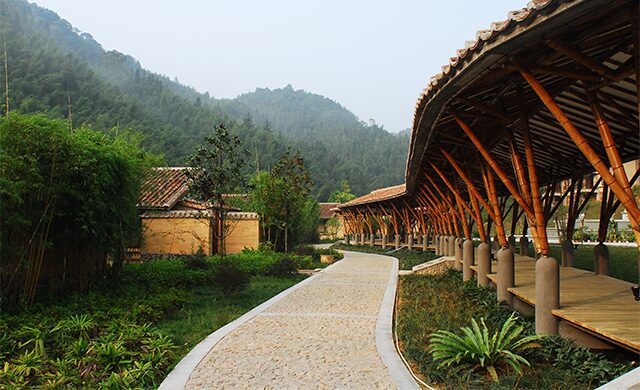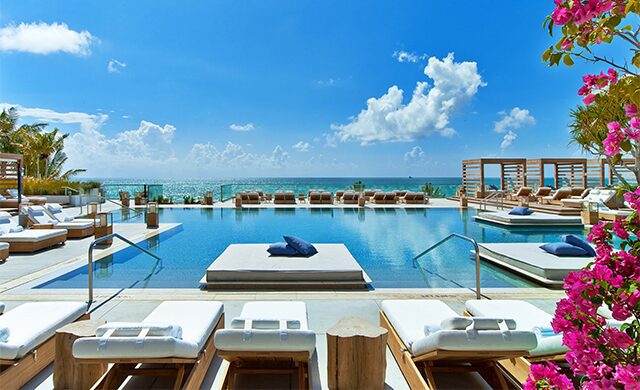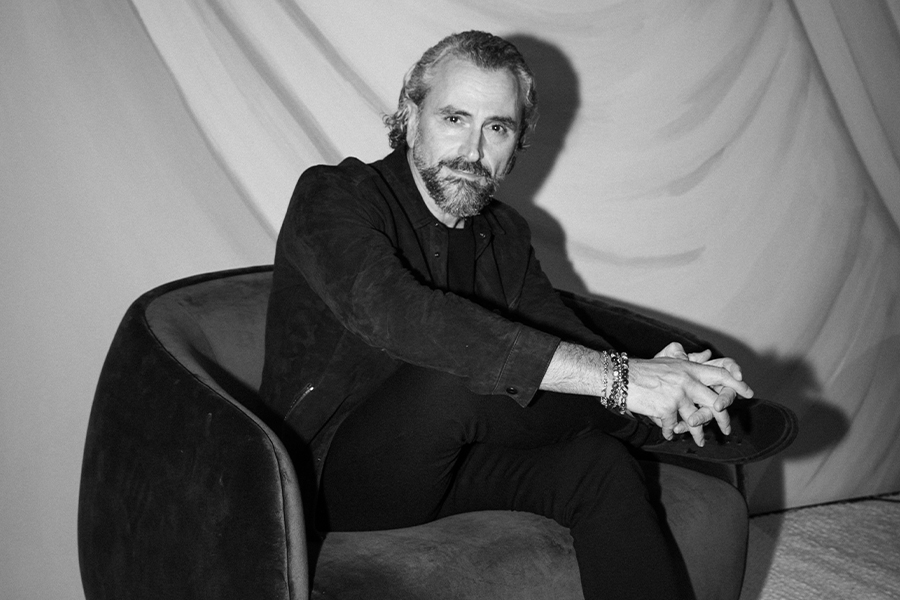With four offices across the U.S. and a fifth in Shanghai, EDSA handles planning, landscape architecture, and urban design for projects across the globe. Here, associate principal Courtney Moore discusses his work in remote travel destinations, how the firm is changing their mindset about the future, and the impact of COVID-19.
What types of projects do you work on at EDSA?
I am an associate principal within the market-facing design and delivery teams. I help spearhead the team responsible for seeking new emerging opportunities for the firm and focus on a variety of different sectors, including healthcare, wellness, hospitality, tourism, public realm green infrastructure, retail, and more.
What are the pros and cons of working in remote destinations?
Working in remote destinations provides an opportunity to immerse yourself in not only the space, but also the culture of where you are working. I love having the opportunity to study the history and natural scenery to capture the essence of a site and provide visitors with an authentic experience. We emphasize the natural vegetation whenever possible, such as preserving old trees, plants, and hillsides. However, when a destination’s natural vegetation has been destroyed, it’s crucial to study what the land was like before it was cleared out to capture that spirit.

China’s Crosswaters Ecolodge was a collaboration between EDSA, architect Paul Pholeros, bamboo architect Simon Velez, and Feng Shui master Michael Chiang
What do you focus on most when designing for a remote locale?
[Our] work heavily focuses on responsible and sustainable design. We use natural scenery, culture, and history as guiding principles. At the end of the day, people are searching for authenticity in our designs.
Tell us about the Baixio project in Bahia, Brazil, about two hours north of São Paulo.
This space is a [nearly 15,000-acre] fishing village with five luxury hotels, and two-thirds of this site is preserved as green space, a majority of which is 100 percent untouched. Within Baixio, there are seven ecosystems and miles of untouched, pristine beaches—great for extreme water sports like kite surfing. This completed project follows colonial Brazilian architecture with historic farm-like Fazenda homes used to draw visitors to the outdoors. We designed this space with a commitment to renewable energy, eliminating vehicular transportation, and creating open access to bike and equestrian trails. EDSA’s mission with Baixo was to shift the paradigm toward a regenerative landscape ideology to create a beautiful and eco-literate future.

1 Hotel & Homes South Beach in Miami Beach, which features interiors by Meyer Davis
How has COVID-19 impacted your work?
EDSA has always preached that healthy living and connections to the outdoors are necessary in overall human wellbeing—as landscape architects we want all environments to be authentic and experiential. Right now, our principals are doing what they do best: observing new habits formed by people, taking note on how spaces are being used during this time, and brainstorming what landscape architecture should look like in a post-pandemic world.
With the ability to work from anywhere, we are noticing new trends in the hospitality space: longer hotel stays, socially distanced accommodations with ample space, and outdoor amenities. On that end, remote destinations are having a big moment and are marketing themselves to affluent clientele who are looking to book private aviation to have a very secluded travel experience from beginning to end.

The Rosewood Mayakoba resort in Quintana Roo, Mexico


